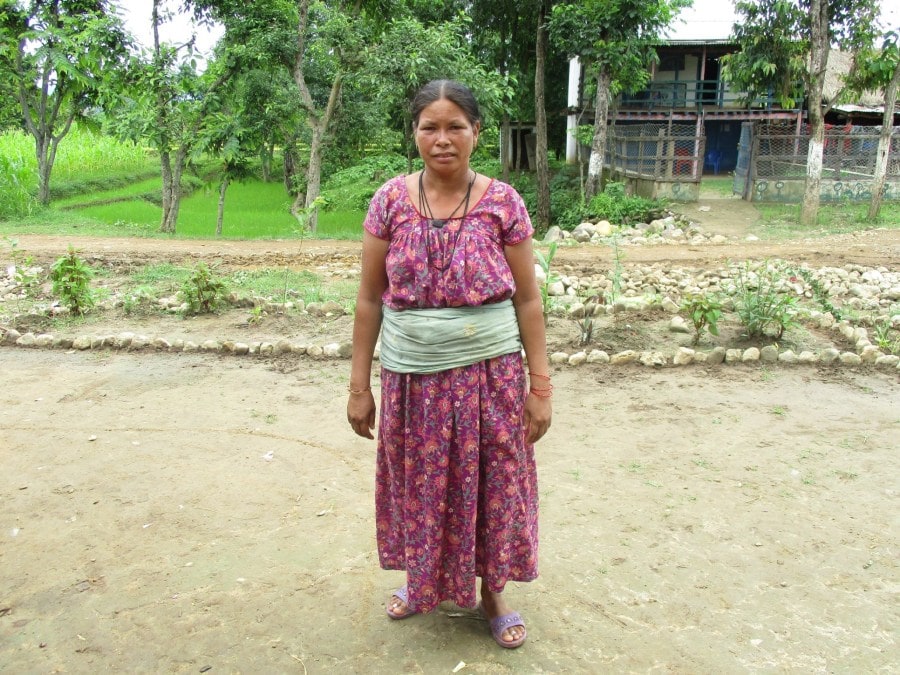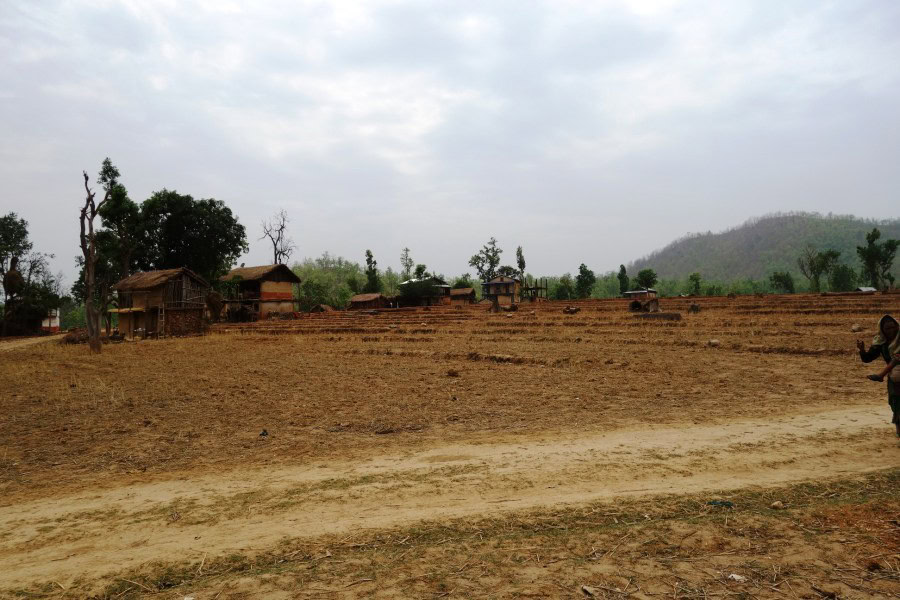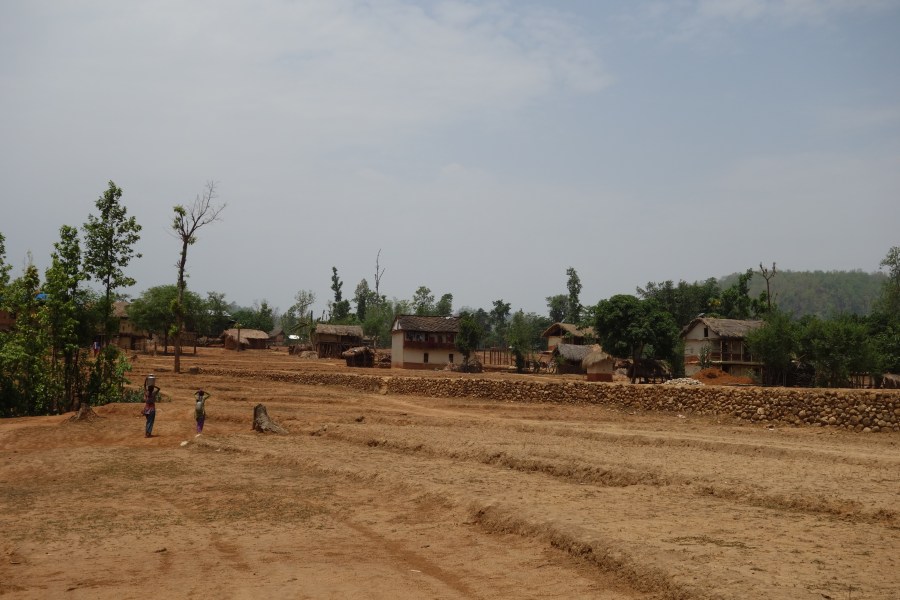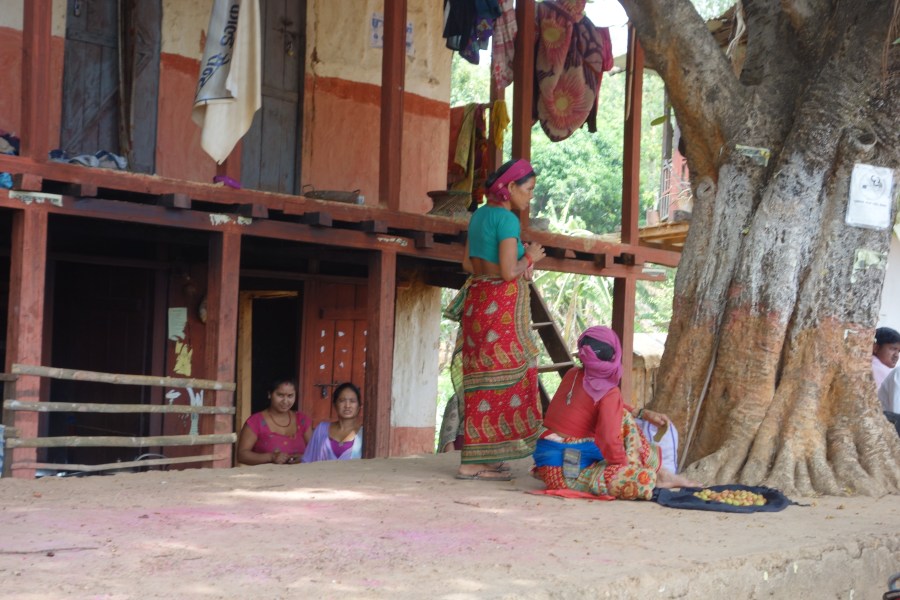The challenge of water access in the remote hills of Nepal
Can you imagine what life would be like with no running water in your home? With no water being piped to your village, and the nearest water source a 20-minute walk away?
In Nepal, 25% of rural communities do not have clean, sustainable, and reliable water access; 3,500 children die every year from waterborne diseases; and over 600 children under the age of five fall victim to diarrhoea caused by unsafe water and poor sanitation.
This situation impacts negatively on health, nutrition, education, and livelihood opportunities, and is getting worse because of climate change. As is so often the case, it is the poor and people living in remote communities that suffer most.
Surja’s Story
Surja Tiruwa is 44 and lives in the remote village of Sanneghari, in Western Nepal. Water is the most valuable resource in Sanngehari, but Surja cannot physically collect enough of it. The only source of water that Surja and the rest of her community can access is a small spring that bubbles up from under the rocks near the river.

Water collection
It takes Surja 30 minutes to collect 20 litres of water from the spring and bring it back to her home. Most days she needs to make five trips to the water source to collect enough water for her family’s most essential water needs; twice in the morning, once in the afternoon, and twice in the evening. Surja feels like most of her day is spent collecting water; a task that, in temperatures of up to 40°C, is both time-consuming and exhausting. Yet she still cannot collect enough.

Agriculture and climate change
With no running water in Sanneghari, irrigation is impossible. And so Surja is only able grow crops for three months of the year, when the monsoon rains will water her crops for her. During this three-month window of agricultural opportunity, Surja cultivates rice and maize. She is normally able to grow enough to provide three months’ worth of food for her family. For the remaining nine months of the year, she has to buy all her food from the local market.
Surja also worries about the worsening effects of climate change. Over the past few years she has noticed a dramatic decrease in rainfall, even during the monsoon. With less rain and hotter summers, agriculture becomes all the more difficult to carry out.


Migration to India
In Sanneghari, there are very few opportunities outside of agriculture to make a living; and with such a short growing season, Surja has no choice but to split up her family in order to make ends meet. 10 months ago she sent her 14-year-old son Puran across the border to India to find work. Her husband also spends most of the year working in India, typically only returning home during the monsoon season to help cultivate the family crops.
The money that her husband and son earn in India is sent back to Nepal, so that Surja can buy food and provide for the rest of the family. Their earnings account for two-thirds of her household income, with the remaining third coming from bartering with agricultural products they have produced.
In order to make ends meet, it has become normal for men, women, and even boys as young as 11, to travel from Sanneghari to India to find work. Typically they will be away from their home and their family for eight to nine months at a time, seeking short-term jobs such as labouring on construction projects, cleaning and farm labouring.


Improving access to water
This is not the life that Surja would have chosen for her family. A life of worrying about money, growing enough food, being able to access enough clean water, and about whether she can keep her children in school.
If Surja’s community had better access to water, if it could be pumped from the spring to individual tap stands outside each home, life in Sanneghari would be very different. With improved access to water, they could irrigate their crops and grow food all year round. Instead of sending their sons and husbands away to India to work, they could stay at home, work their family fields, and live a better life in their own village.
Find out how Renewable World is improving access to water for communities like Surja’s, using solar technology.